If you spent any time investing, you’ve probably heard the term “ETF” thrown around here and there. But what is an ETF? Read along to find out everything you need to know about ETFs, including how they could benefit your trading and help you meet your investment objectives.
The Basics of An ETF
An exchange-traded fund (ETF) is a type of investment fund that tracks a particular index or basket of assets. ETFs are traded on stock exchanges and typically have lower fees than traditional mutual funds.
ETFs have become increasingly popular as investors look for ways to diversify their portfolios and access different asset classes. ETFs also offer the advantage of being more liquid than traditional mutual funds as they can be bought and sold throughout the day on a stock exchange.
Various types of ETFs are available, ranging from those that track major stock indexes to those that focus on specific sectors or regions. Some ETFs are even designed to track commodities or currencies.
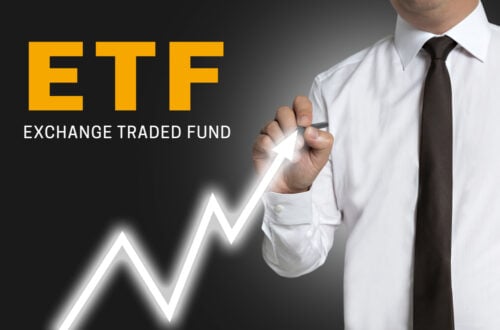
Types of ETFs
Many different types of ETFs are available, each with its unique investment strategy. Some popular types of ETFs can be found below.
Index ETFs
These funds track a specific index, such as the S&P 500 or the Dow Jones Industrial Average. It can be a good choice for investors who want to track the performance of a specific market index.
Sector ETFs
These funds invest in a specific sector, such as healthcare or technology. These ETFs are suitable for investors who want to focus on a particular economic sector.
Bond ETFs
These funds invest in bonds, which are debt instruments issued by governments or corporations. These are good for income-seeking investors as they offer exposure to various bonds and can offer higher yields than many other types of investments.
Commodity ETFs
These funds invest in commodities, such as gold or oil. They’re best for investors who want to gain exposure specifically to the commodities market.
Currency ETFs
These funds invest in a basket of currencies. They can be a good choice for ETF investors who like to speculate on the movements of foreign currencies or even cryptocurrencies like Bitcoin.
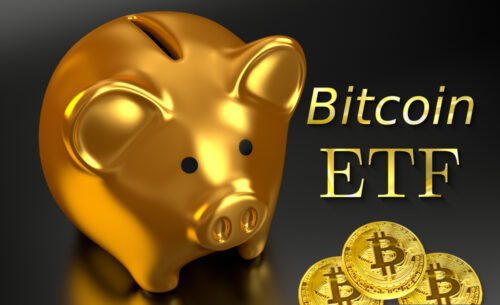
Inverse ETFs
These funds aim to profit from downward price movements in the underlying asset. These are fit for ETF investors who think that an asset’s price will fall.
Leveraged ETFs
These funds use financial derivatives and debt to amplify the underlying asset’s returns. They can be a good fit for investors who want to make high-risk, high-reward bets on the direction of an asset’s price.
Actively Managed ETFs
These funds are managed by a team of investment professionals who actively select and trade the underlying assets. They are a good choice for investors who want professional investment portfolio management.
ETF vs Mutual Funds
One major difference between mutual funds and ETFs is that a fund manager actively manages mutual funds, while ETFs are passively managed, except for actively managed ETFs.
This means that a mutual fund manager will buy and sell securities in an attempt to outperform the market, while the managers of an ETF simply seek to track the performance of a particular index.
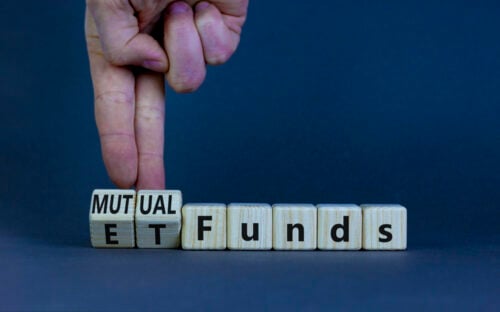
Another difference is that mutual fund shares are priced once daily after the markets close, while ETFs are traded throughout the day on an exchange.
This means you can only buy or sell mutual funds at the end of the day, while you can buy and sell ETFs any time.
Finally, mutual funds typically have higher fees than ETFs. This is because mutual funds are actively managed, while ETFs are not.
Pros and Cons of ETFs
ETFs offer a variety of advantages and disadvantages when compared to traditional mutual funds. Let’s take a look at some of the pros and cons of these investment vehicles.
Pros
They are very tax-efficient: Because they trade like a stock, the investor only pays taxes when they sell their shares. This is unlike mutual funds, where the investor is taxed every time the fund manager buys or sells security within the fund.
They are very flexible: Investors can buy and sell ETFs anytime during the day. They can also buy partial shares of an ETF. This is unlike mutual funds where the investor can only trade at the end of the day and must buy whole shares.
They have low fees: Management fees for ETFs are much lower than mutual fund fees. This is because ETFs are passively managed. Mutual funds, on the other hand, are actively managed.
Cons
They are not as well regulated as mutual funds: Because ETFs trade like a stock, they are subject to the same regulatory rules as stocks. This is unlike mutual funds, which are subject to different and more stringent, regulatory rules.
They can be less diversified than mutual funds because ETFs typically track a specific index or sector. Mutual funds, on the other hand, can be broadly diversified.
They can be more volatile than mutual funds: This is because the value of an ETF can fluctuate greatly in a short period of time. Mutual funds, on the other hand, are typically more stable.
Overall, ETFs have several advantages and disadvantages. Whether or not to invest in them should be based on the individual investor’s goals and objectives.
How Can I Buy ETFs?
When you buy an ETF, you will pay the current market price, which may be more or less than the net asset value. This could be done in many ways, but the most common is through a broker. Many brokers offer ETFs without commission, so you can buy and sell them without paying any fees.
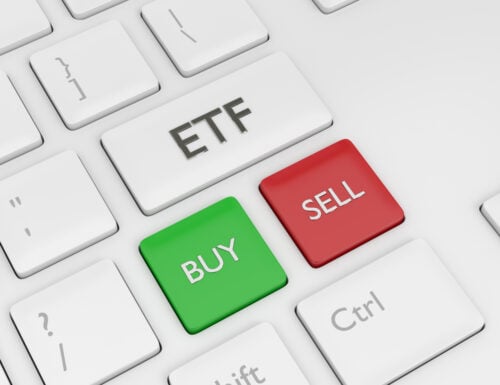
However, some brokers do charge commissions, so it’s important to check with your broker before buying any ETFs.
You can also buy most ETFs directly from the issuer. This is typically only available for larger investors, but it can be a good option if you’re looking to get into a specific ETF that isn’t widely available.
It’s important to keep in mind that buying ETFs directly from an issuer can be more expensive than buying them through a broker or mutual fund.
How to Invest in ETFs
Now that you know how to buy ETFs, you may be wondering how to start investing in them. Here are a few tips:
- Decide what type of ETF you want to invest in. There are many different types of ETFs tracking various indexes, asset classes, and sectors. Do some research to find an ETF that aligns with your investment goals.
- Consider the costs. When you buy an ETF, you’ll pay a commission to the broker, which may be about the net asset value. The same goes for selling it. You’ll also incur annual expenses, which are typically around 0.5%. Be sure to factor these costs into your investment decision.
- Start small and increase your investment over time. If you’re new to ETF investing, start with a small investment and gradually increase it as you become more comfortable with the market.
- Monitor your investments. Keep an eye on your ETF holdings to make sure they align with your goals and make adjustments as needed.
Final Thoughts
The ETF market is constantly evolving with new products being released all the time. It can be difficult to keep up with all the changes, but as with any investment, it is important to do your research before investing in an ETF.
Make sure you understand the fund’s objectives and strategies, as well as the risks involved.

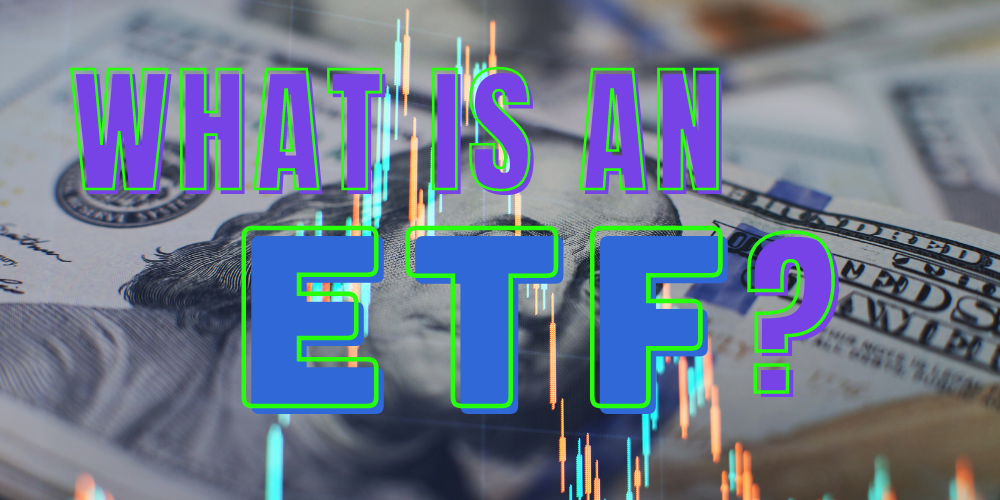
 Tags:
Tags:










